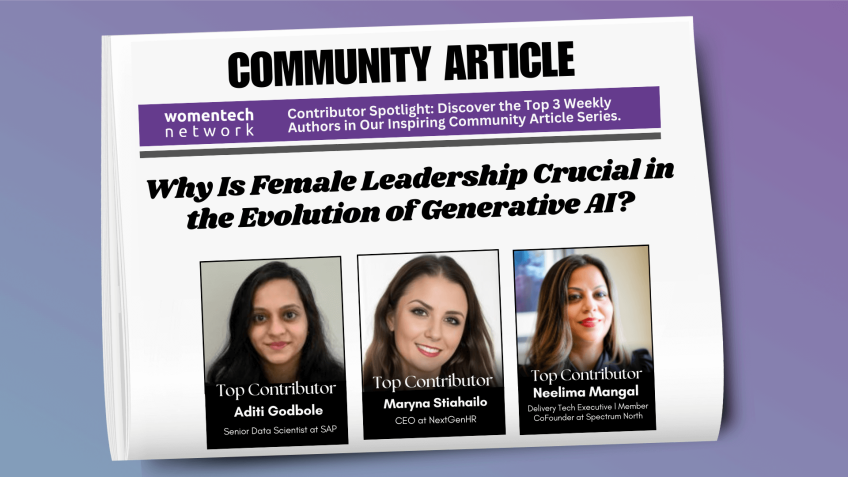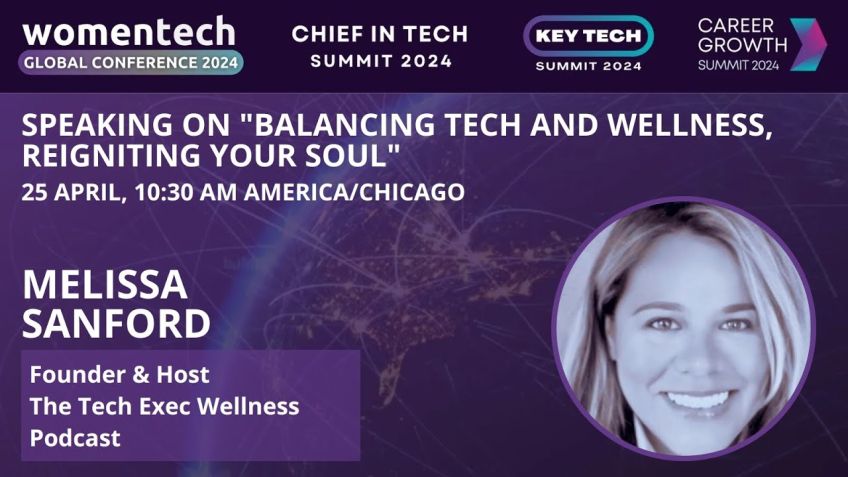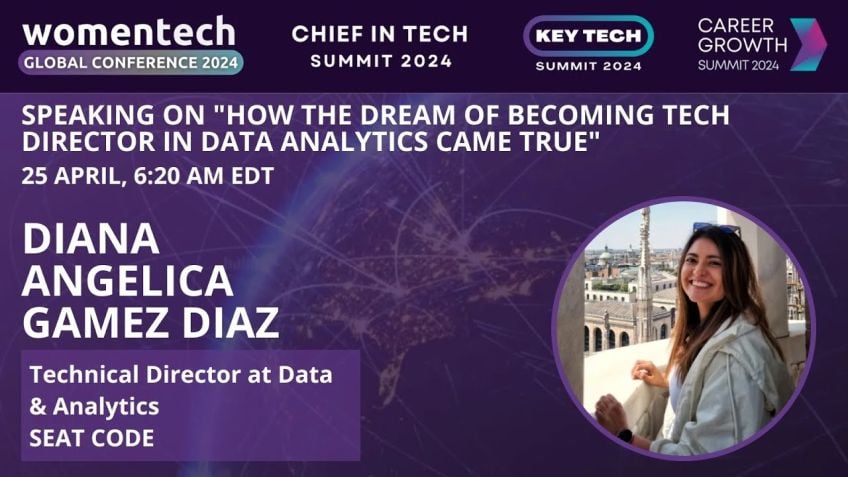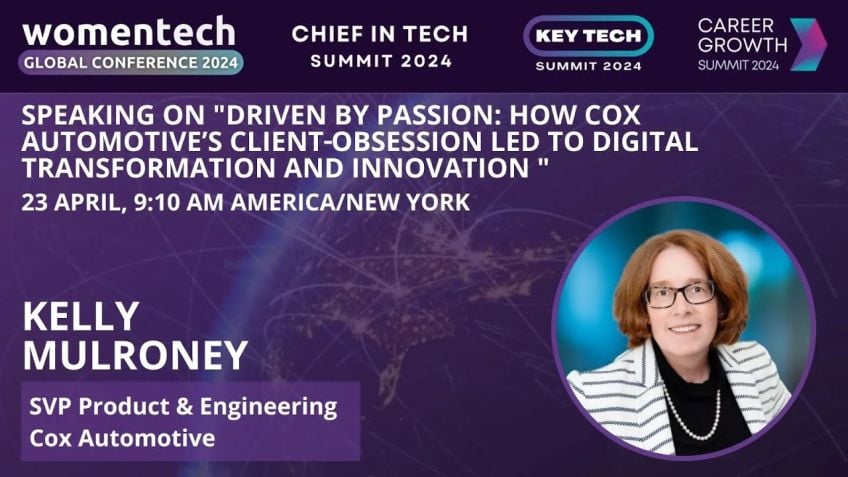AI can revolutionize the response to climate change by Charlotte Degot
Climate Change: How Artificial Intelligence Can Revolutionize The Fight Against It
In today’s era of climate predicaments, the application of Artificial Intelligence (AI) can significantly impact our journey towards a more sustainable future. Charlotte Dego, a managing director and partner at BCG, stresses the urgent need for more precise measurement of CO2 emissions and how AI can assist us in this endeavor.
The Urgency to Address Climate Issues and The Role of AI
In recent times, the increasing attention towards climate change draws us closer to important questions about how we can mitigate its impacts. One essential step forward is to measure our increasing CO2 emissions effectively and subsequently, take relevant actions for its reduction.
"What gets measured, gets done" - the phrase holds paramount importance in context of climate change. In a world where we struggle to save our planet, scientific advancements, specifically Artificial Intelligence (AI), can aid in a more efficient response to climate dangers.
Problem of Inaccurate CO2 Measurement: An Obstacle to Climate Action
Despite current efforts, we are not on the correct path to limit the impact of climate change due to a lack of comprehensive data. Given that CO2 emissions hold no color, smell, or weight, it's challenging to measure them accurately. The problem is even more explicit in the corporate sector, where less than 10% of companies around the globe measure their emissions thoroughly.
However, where traditional methods fail, AI proves to be a befitting solution. A proficient utilization of AI can assist in data retrieval, cleaning, and extrapolation of missing data for better CO2 emissions estimation.
AI Application in Climate Mitigation: CO2 A.I.
CO2 A.I, founded by Charlotte Dego, serves as a software solution powered by artificial intelligence to combat the complexities of measuring CO2 emissions. Its multifaceted functionality assists corporations to:
- Measure CO2 emissions accurately
- Simulate decisions across the organization optimally
- Reduce emissions within the organization and its ecosystem
Artificial intelligence can model all aspects of emissions, making it easy for corporations to make informed decisions that could help reduce their carbon footprints effectively.
AI's Contribution: Encouraging Results
Leaning on AI can result in a 30-50% adjustment in calculating CO2 emissions against traditional methods. More importantly, corporations can use AI to speedily reduce carbon emissions by 30-40%.
Final Thoughts: The Imperative Call for Proactive Climate Action with AI
The urgency to alter our emissions trajectory in the coming years is crystal clear. Simultaneously, there is a need for broader awareness about the inaccuracies in the current carbon measurement practices and the available solutions.
While AI poses limitations, its ability to cater to the urgent need for accurate CO2 emission measurement is a compelling argument for its implementation in climate action. We hope this call to action will prompt corporations to utilize AI resources and make more informed and impactful choices towards a sustainable future.
Please reach out to Charlotte Dego via LinkedIn if you have further questions on how AI and other such advanced technology can pave the way towards a more sustainable future.
Video Transcription
So thank you very much for joining the session. Um I'm Charlotte Dego. I'm a managing director and partner uh at BC G. Uh I focus on sustainability and A I and I lead, I'm the founder and global leader of a solution that is called uh CO2 A. I.Um I'm gonna talk to you today about uh how A I can uh revolutionize climate change or at least that, how can, how it can help really get more uh get quicker and more efficient at answering to the climate change challenges to start with. Um and not to lose time. I just want to start with uh something that I'm not gonna um uh that is not gonna be new to any one of you, which is the current trajectory of our CO2 emission and where we should be going, the red line is where we are going and the green line should be where uh we should be heading if we want to limit the impact of climate change.
So of course, uh needless to, to say that we are not on the good path. And uh what matters to me today is to start to ex to explore with you why um and what we can do and taking especially the angle of corporations and how they can better manage their own uh uh path in life. Uh In general, there is a principle that applies. Uh that is quite true um uh across everything, which is what gets measured, gets done. I would like to just stop on this sentence because um this is where uh climate change is a real struggle and I will explain you why in a second. But it all starts from there. When you can measure something, it's of course a lot easier uh to take action on it and reduce or increase it the parallel and the image uh I like to take and we could take uh many of our ones is just uh to imagine yourself trying to save money. Um And really trying to, to to to reduce your spendings. Um uh But when you go shopping, uh you're blind, there is no price tag on any item. This is uh just about being bound to fail, right?
And this is close to what we have today when it comes to climate change, we're almost blind about our climate emissions. Um And there is, there are many reasons for it. Uh It it's not, it's really not easy to measure uh CO2 emission. It has no color, no smell, no weight uh but the consequences um we don't measure enough and therefore we don't act enough because what gets measured gets done and what does not get measure does not get done if we go in the details um of it. Uh Just to share a few figures that we have been investigating with BC G over more than 1000 com companies across the globe, there is less than 10% of companies today that are measuring their emissions comprehensively from this 10%. Obviously, uh when you, when you don't measure, it's very hard to make decisions and to identify where to act. And only 5% of those companies of companies are able to make uh and have made um reduction targets uh regarding their CO2 emissions. And of course, when you go down the funnel and you look at how many uh corporations have really been able to act and reduce in line with their ambition, their emissions, it's less than 10% then less than, than 1%. Sorry. So obviously, we are, and we understand here, we are not on the right path uh to reduce uh clim climate uh impact and CO2 emission. And it all starts uh from the measure piece.
If we can fix uh the measure piece, it will be far easier to then decide reduced track progress. Um And the question is why is it so hard to measure? And it's a data issue. In fact, uh as I was saying, there is no way uh to easily measure emissions because it's, it's, it's, it's gasses has no no real, you should put sensors everywhere if you want to have accurate emissions and it's impossible to put sensors in everywhere. But the good news is it's typically the area and the type of playgrounds where artificial intelligence can help a lot because we cannot measure easily, but we can estimate a lot more easily. Um And let me deep dive into what can artificial intelligence do uh to help support the end to end carbon journey. There are different aspects of things you can look at measure, you can look at step target enable reduction and reduce um all along the journey. Artificial intelligence can help on the measure part. Um As I was saying, it's very hard to gather data because and especially for large corporations, the data comes about carbon emissions come from everywhere and mostly on average comes from uh outside the direct company operations, what we call the scope free the indirect emissions that come typically from the suppliers uh and the products you buy from suppliers and things like that being able to automate data retrieval clean data.
Much data make inferences about emissions produced about along the value chain, extrapolate missing data or this is extremely useful when it comes to climate. Uh because again, the direct data is not available so easily setting targets. Again, here, artificial intelligence can really help helping simulate complex decisions that are impacting different things along the value chain. Because when you make a decision about climate. Even the simplest decisions like logistic ones or things like that, that will come naturally to your mind.
It has any implications and being able to measure this impact accurately is can be a nightmare. Without artificial intelligence, it can also help create optimized road map and optimize not only for CO two but also co two and cost or CO two and over KPIS waste water etcetera along the journey. Um It can also help master a lot of data to be able to track uh and report the progress in real time and help uh move to action and enable reduction a lot faster. This also goes with uh optimization techniques that are very useful when it comes to directly uh improving the day to day decision making in operations uh and enable uh direct emissions reduction. Thanks to efficiency. Uh You can think of uh uh logistics optimization, uh process control uh optimization.
Um Things like that that you can put in place in plants or like in cement or steel and that can directly impact the carbon emissions uh of big emitters with CO2 A I. Um We've created a software that helps corporations master their N 20 0 journey. What we do with CO2 is really help corporations measure accurately with artificial intelligence. And I will give you an example in the in a second but also decide, simulate any kind of decisions and understand what are the best decisions to be made across the organization to optimize the journey uh to net zero and then um reduce those emissions um within the organization.
But also engaging with the ecosystem and the in climate change, they are very important because 80 90% on average of emissions come from outside the direct emissions from the company rather from the suppliers and the suppliers of the suppliers, et cetera. So it's very important also to be able to engage the full ecosystem. And CO2 A is the software that does that. I'm telling you all this because CO2 A leverages Artificial Intelligence at all steps to really make the journey faster and more efficient for corporations. Let me tell you one example of how artificial intelligence works and how it can help measuring emissions. Let's take the example of a wine and spirits company. A wide and spirit company typically will have a lot of its emissions coming from the glass that they buy for their, for their bottles. Because glass, it's, it's s it's a significant uh bucket of emissions and usually uh because it's so complex to measure emissions, what the company would start by doing is take a total amount of um a volume of glass bought uh for a year and use one F one emission factor. That is the conversion factor to be able to say if I buy one ton of glass, this is the amount of emissions I will generate. This is obviously a good way to start. Uh and uh and, and to have a first proxy of what the glass emissions represent.
But it's not enough to really be accurate with artificial intelligence. You can model and simulate all the aspects of glass that will drive emissions up or down. Typically the glass color, the percentage of recycled content, the country of origin of the supplier, the transport mode.
And this is very significant and this is what we've been doing with some of the users of 02 Y I. And it significantly impacts the total number of emissions that comes out of the calculation. But more importantly, it helps make decisions. For example, once you've calculated your emissions on glass with the um detail calculations that I was showing, then you can simulate changes and you can understand, for example, that the glass color is super important. There is a 1.5 factor between a flint and a green bottle.
It's also the case of the country of origin, same brutal, same production. It can be two times uh more emitting in one country versus another one. It's the same for the design. You can take two different designs with the same weight and you can have a 1.5 times factor in terms of carbon emissions. This is impossible to notice if you stay at a very high level calculation. Average one just considering the total amount of glass uh that you consume a year. If you go in the details here, you can find very important decision making areas where you can drive your emissions down by making the right operational decisions. This is why CO two A I does. And this is what is very useful leveraging A I to be faster and more efficient in identifying the right decisions that you're making as a corporation to drive your emissions down. Yeah, ultimately, um this is the results we achieved with CO2 I I. But this is what I'm convinced artificial intelligence can really unlock. Uh Now, in terms of benefits, there is a first benefit which is the accuracy and the exhaust of the um baselining. It's 30 to 50% adjustment on average versus traditional methods. Um When you do average calculations versus uh the granular and accurate ones, this is the results we've achieved on the glass.
Um example that I was showing with the uh client uh we were working with, but it's uh something that we've been achieving across the board. Uh working with many different industries, ma many different corporations uh across uh not only consumer goods, but also retail, um heavy industry, um pharma healthcare, uh chemicals and manys. So that's the first one. But there is a more important one that is closer to my art, which is really how much can we achieve in terms of uh of enabling uh carbon fast carbon reduction. And the order of magnitude is 30 to 40% leveraging this ability to get a true visibility on carbon emissions and then the help to drive proper decision making where it's the most uh easy to implement and efficient. If I step back. Um There is three things that uh that for me are, are, are very important when it comes to uh climate and artificial intelligence. First. Uh we have eight years to um halve our emissions by two. We need to cut our emissions by 50% by 2013 if we want to stay uh in the Paris Agreement trajectories. So there is no uh there is no reason to wait.
Um And everything that can help uh on this journey is really uh a necessity and we need to act. Now, we need also to acknowledge that the key road block today. Uh That is the first step to any uh reduction trajectory is the measurement. It's the key road block for 90% of companies. And we see here that artificial intelligence can help and it's here, it's techniques that are mastered that are easy to implement, that does not take years to be implemented. So there is absolutely no reason not to be using artificial intelligence more in the climate field. Uh And this is what I want. I really want to, to, to claim I'm not saying artificial intelligence is the solution to everything. And uh and uh and, and, and we should only rely on artificial intelligence. I'm also very conscious of the limitations of artificial intelligence. And also the fact that we should also master uh the emissions related to artificial intelligence. But artificial intelligence is a solution that exists that can, that, that can help, that has proven its results. So there is absolutely no reason to wait. And it's really um a call to action that I'm making today. Uh trying to democratize this and trying to really um push corporations to act uh faster and more efficiently on climate action leveraging artificial intelligence. So let me pause here. Um And uh I can take any questions that you have. Thank you, Elizabeth.
Um It's a very, it's a very good question. Uh So I think there is two things. Uh there is an awareness that is needed to be built about first, the inaccuracy of the carbon measurement uh today. Uh in the, in the survey that I was mentioning at the beginning where we surveyed more than 1000 corporations, we also asked the companies about what is their estimated error rate, the margin of error they have in their current uh measurement of emissions in their current baseline footprints, et cetera.
They said on average 30 to 50%. And the thing is this figure is not known today. Nobody talks about it. Everybody talks about the necessity to, to reduce, but nobody really talks about the uh level of inaccuracy and the tool that exists. And I, I do think that there is a journey that is started, we're partnering with CD P for example, which is the climate disclosure project. And that's an NGO that is really working to push corporations to report uh their progress and also to do it more and more uh with quality data, et cetera. But everybody regulation should, should enter into the game and everybody should, should speak about the issue of not being, not measuring it uh well enough and the solutions and it can be the solution providers at a but it should also be uh all types of parties. Uh and the NGO S the regulation they have a role to play in that. And I think it's, it's really before starting by the solution. I think there is education about the problem and the fact that today really, we are not measuring accurately our emissions at all. Uh And for me, that was the biggest, a big surprise when I started to really uh deep dive into carbon accounting. And uh it was also uh uh uh uh a true discovery that nobody talks about it.
If you look on the internet about it, you won't find much. That's crazy. I think so. I think we're done. I don't see any other questions. So thank you very much. It was a pleasure. I hope you enjoyed the session as much as I did and feel free to connect with me on linkedin or if you want to discuss more, I would be here. I would be pleased to have a nice day.





